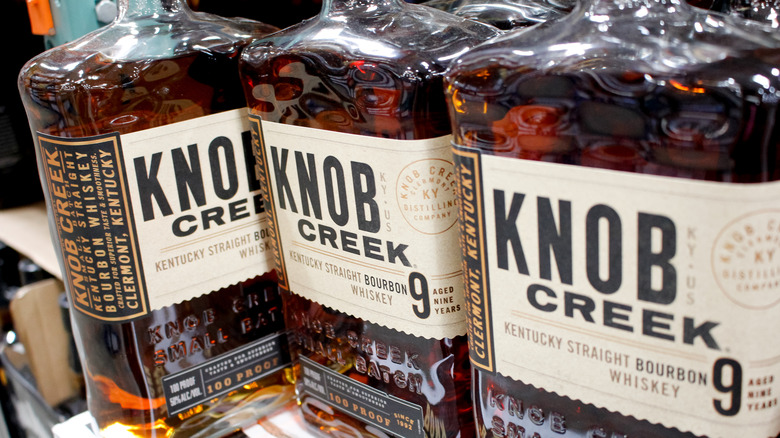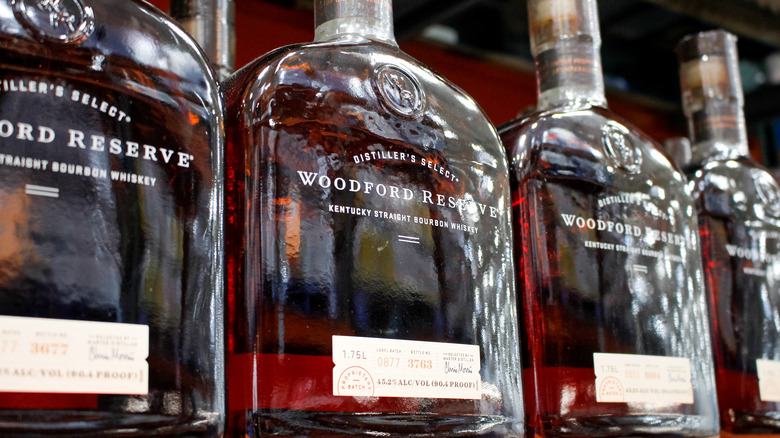How Strong Is Bourbon Once It's Bottled?
If you've dipped your toes into the distinctive brown waters known as bourbon, you know that there are certain rules and laws that govern such an art form. You've probably heard the saying "Not all whiskey is bourbon, but all bourbon is whiskey." The main reason is that all whiskey is made from a type of grain. But, in the case of bourbon, it has to be made from 51% corn.
Bourbon's pedigree dates well before the turn of the 20th century, but most of the laws that define bourbon as you know it today start with The Pure Food and Drug Act of 1906 set in motion by President Taft. Back then alcohol and medicine were akin on many levels. In fact, it was believed that alcohol wasn't just an intoxicant, but rather it possessed curative effects (if you're a bourbon concessioner, you probably concur).
Among other things that the 1906 Act outlined was that the ingredients and the proof of bourbon must be put on the bottle's label. Building upon the 1906 ruling, when the 1964 Senate Concurrent Resolution defined bourbon as "a distinctive product of the United States," bourbon did in fact join the ranks of champagne and parmesan cheese as indigenous commodities. These laws helped define how strong a bottle of bourbon is once it hits the shelves.
How strong can bottled bourbon be?
To understand bourbon's proof, think of it as a measurement of flammability and strength. This measurement is in large part attached to how alcohol is taxed. The proof of an alcoholic liquid is usually double its ABV (alcohol by volume) measurement. For example, a bottle of bourbon that is labeled 45% ABV, will be measured at 90-proof. The higher the proof, the stronger the bourbon's characteristics will be.
Bourbon can't be distilled at higher than 160-proof, barrelled at no higher than 125-proof, and finally, it has to be at least 80-proof once bottled. While there are no caps on how high the bottled bourbon's proof lists, at 100-proof, the bourbon can be listed as "bottled in bond" which is a whole other distinctive designation. How bottled bourbon reaches the minimum 80-proof requirement is also mandated by the aforementioned laws.
While a bourbon's proof will change during the distillation and barrelling process, distillers are allowed to use only water to proof down the spirit upon bottling. But, don't think that this means it's just a watered-down version of the American classic. Not only does the water aid in the permitted proof, it actually helps coax the bourbon's nose and natural flavors that come from the grains, and oak barrels used in the aging process. So, next time you hear someone say that they need a stiff drink, you'll know that they are referring to perhaps a bourbon of higher proof.

